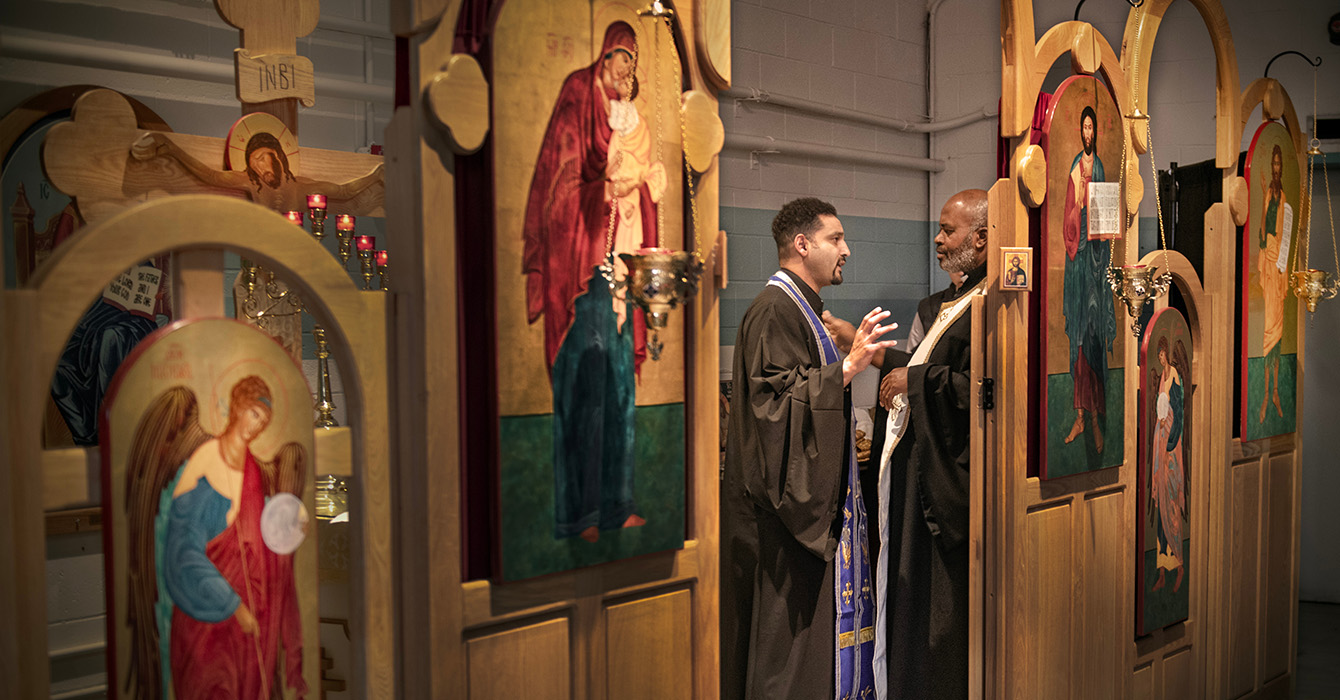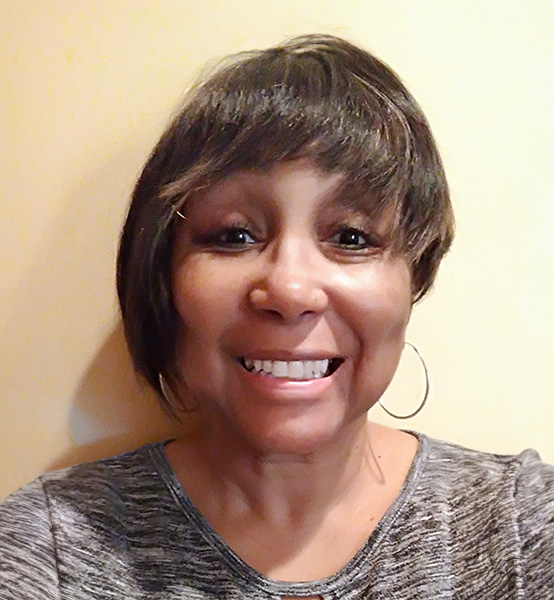During the Christmas season, Salvation Army bell ringers remind people about the needy in their local communities. But shoppers who toss a couple of dollars into the kettle outside their local grocery store might not realize the depth and breadth of services this organization offers -- and how that, in turn, provides unique information about poverty.
As the largest and oldest faith-based social services provider in the country, The Salvation Army has a presence in virtually every community. A critical safety net for society’s most vulnerable and often marginalized members, its services are tailored to the specific needs of each community.
Not only does it provide services to those in need, but by virtue of the service-related data it collects, it is also in a unique position to provide previously unavailable insights about people living in poverty.
The service data forms the basis of the Human Needs Index (HNI), which offers a new, multidimensional lens through which to understand poverty: the meeting of basic human needs.
The HNI was developed as a partnership between The Salvation Army and the Indiana University Lilly Family School of Philanthropy. Reflecting monthly data from The Salvation Army, it highlights trends and changes in poverty to offer a new tool for policymakers, social services providers and researchers.
Why do we need a new measurement of poverty?
Capturing a social issue in its entirety can be difficult; yet only when it is properly defined, measured and understood can effective action be taken to address it.
Poverty is one of the trickiest issues to address because of its complexity. It touches on multiple aspects of life in a uniquely vicious cycle. And with an estimated 45 million Americans living in poverty, the need is urgent.
Established mechanisms that attempt to define poverty are typically government measures that tend to have significant lag time -- sometimes as much as two to three years -- and focus on a single factor, such as income or receiving a particular benefit.
After months of in-depth analysis and consultation with Salvation Army statisticians, the research team decided upon seven service variables (from 230 tracked by The Salvation Army) that represent the very foundation of human needs: meals provided, groceries provided, housing assistance, clothing provided, furniture provided, medical assistance (primarily related to prescription payment) and energy assistance.
These are measured consistently across time and region; aggregated to state, regional and national levels; and statistically tested and validated to ensure scientific rigor.
Because this index looks at real service data in a timely way, anecdotal evidence related to need-based poverty can now be bolstered by actual numbers, helping those on the front lines see more clearly both where the need is greatest and what kind of assistance may be required.
We hope that nonprofits -- including faith-based organizations -- will use this important new tool to enhance and magnify their work in alleviating suffering and mitigating poverty.
While headlines have often focused on debates over government funding of faith-based initiatives or the nature of an organization’s religious identity and the role of religion in service delivery, few question the primary role faith-based organizations play in fighting poverty in our communities.
Numbering in the hundreds of thousands, faith-based nonprofits make up a vital component of our country’s safety net of social services. The work could be as small as providing a bowl of soup or as large as helping build a new house or rebuild a neighborhood. In fact, local churches are often looked to in filling gaps in social services but overlooked in assessing the work being done.
The HNI provides tremendous information to faith leaders -- those in our communities who are guided by Scripture and their faith to serve the underserved. It provides a different lens through which to better understand their flock. It can help those who serve do so more efficiently and effectively.
And it is available for all to use. The HNI acknowledges great need but also encourages all of us to take part in the work together. This is not a task for a single entity. For people of faith, the need serves as a constant reminder of our work in the world.
While providing the most up-to-date data, the HNI also reminds us that poverty is more than statistics. Nothing can replace personal relationships, and the HNI honors the intimacy of working with the poor. It is precisely this mix of information and inspiration that makes faith communities so valuable in fighting poverty.
Of course, focusing on needs alone cannot be the answer. Faith communities must certainly be aware of the assets in every community. Faith leaders must take the lead not only in recognizing and meeting the needs but also in naming and celebrating the gifts that each community brings.
Faith leaders can draw on the HNI as they seek to inspire their congregations and communities to volunteer, donate or otherwise get engaged.
Ultimately, one of the most valuable benefits faith-based groups are uniquely positioned to bring is hope. The HNI can strengthen a community’s hope by offering a window through which the actual conditions of poverty can be understood and tracked over time.














